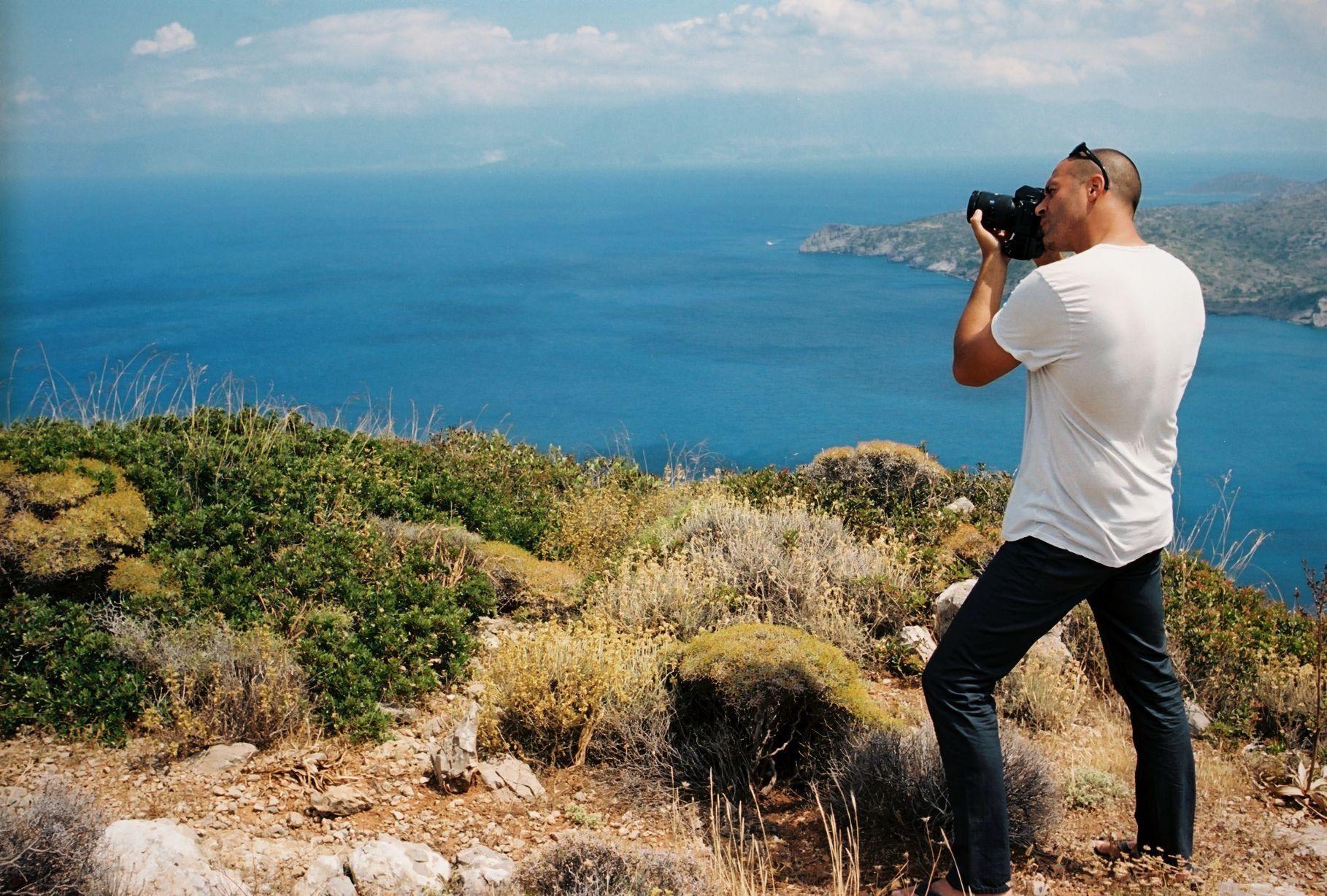The places we travel to are each unique -- the sounds, amount of light, and smells cannot be replicated anywhere else. Perhaps that's why wanderlust is so gripping in some people.
While we can never go back to exact moments, photographs serve as a window to visit past memories and even create new ones. Whatever place you choose to visit be sure to capture it fully.
This is why I turned to Nigel Barker, critically acclaimed photographer and Creative Director of Mimeo Photos, to discuss travel and photography tips for amateurs and pros.
From outrunning (nearly) a raging bull in Barcelona to embracing patience on adventures both big and small, Nigel Barker's travels remain anything but boring.
How would you recommend going about scouting or researching a destination for the wanderers out there?
First of all, I look for beauty everywhere, and by beauty, I mean inspiration which really is in everything and everywhere. So regardless of whether it’s for a professional photo shoot, a personal vacation, a road trip or just a weekend away, I do my research.
I find it fun to challenge myself and not always pick the easy road, so for example if you plan a trip that is a local flight away try driving it instead -- I love road trips! The planning aspect normally goes like this whether we are headed to the Bahamas, a European vacation or Alabama (where the wife is from).
- Research your destination on the internet using search words like historic, favorite, unique, special, different, forgotten, old, new, future, movie, photography, film, food, or seasons
- Take this information and after deciding what piques your interest map out when and what you are going visit always having a backup plan if the weather changes or if something doesn’t pan out.
- Find out when sunrise and sunset will be (I use an app for this) and head out in advance to catch your chosen locations during the magic hours. Not only will they look stunning and perfect for pictures at those times, but only the photography savvy traveler will be there too.
- Normally when I scout an area for a shoot, we visit the site and take note of where the sun rises in the sky and what is lit up by the morning sun versus the sun setting. That way you can be prepared and targeted upon your return, you will also know what to shoot during the morning bluer, cooler light versus the evening warmer, more orange light.
- Also, when scouting a location I don’t just walk around looking at it but I bring my camera with a selection of lenses so I can shoot various scenes with different lenses to again be more prepared. Because, obviously, the sun doesn’t sit in the sky in the same spot for anyone. And if you are after that flare coming over the buildings as a monument gets lit up you don’t want to be scrambling for a wider lens if you don’t have to.
- When I scout an area I am also acutely aware of what the place sounds like too, especially if you are shooting video or recording audio of any kind. So make a note of the sounds and look around to see if there is any construction locally as they may start up just when you don’t want it to.
- Check for access for power or bring your own backup power and batteries.
- Check for toilet access. This seems obvious but it’s important and is often overlooked.
- Depending on how serious you are going to be on your shoot, it’s worth noting the local laws about photography shoots and what you can and cannot do. Many areas, for example, don’t allow you to use a tripod without a permit, which is often obtainable without a fee just by applying online in advance.
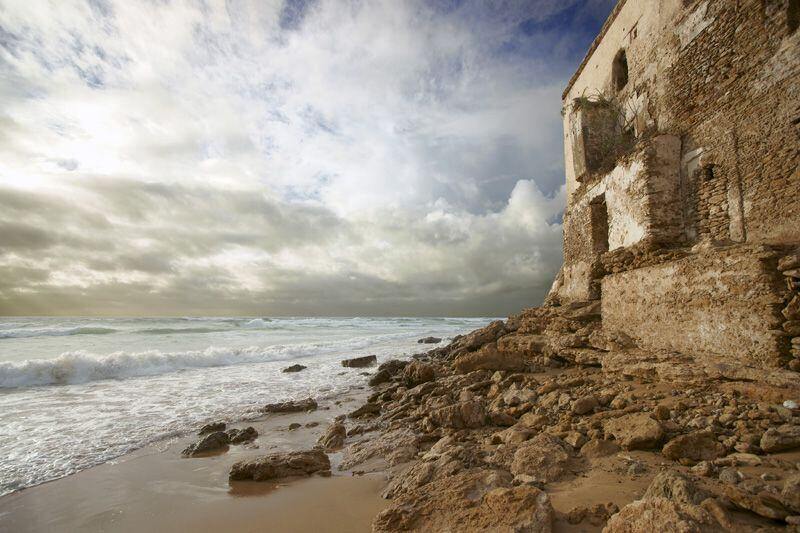
What are your favorite cameras and accessories you pack when you travel professionally for photography?
I don’t travel light anywhere, unfortunately, but I tell myself it’s a good work out and pack all kinds of things for the “just in case” scenario!
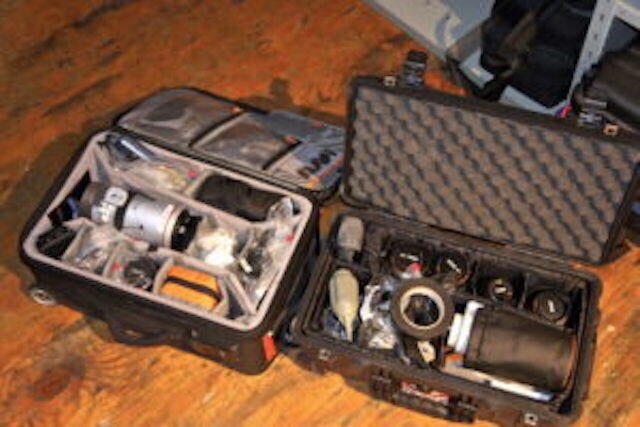
However, I have streamlined various aspects and I try to be smart with what I take. My favorite camera bag is a waterproof Pelican case that I adapted to become a camera bag. It’s exactly the right dimensions to be an overhead carry-on bag on flights and carries two DSLR camera bodies, four lenses and several accessories like a timer remote control, memory cards, light meter, lens cleaning cloths, and a squeezable air duster.
I also have a handmade piece of ND (Neutral Density) gel folded multiple times into a square and then taped around the edges to hold it together, which I use to look at the sun when it goes behind clouds so I can guesstimate when it will pop out and I can be ready. I also have two small silver cards that are cut to fit the back of my camera bag exactly that I store right on top of the case behind the padding, which I use to bounce additional light into areas I am shooting which need a little more love!
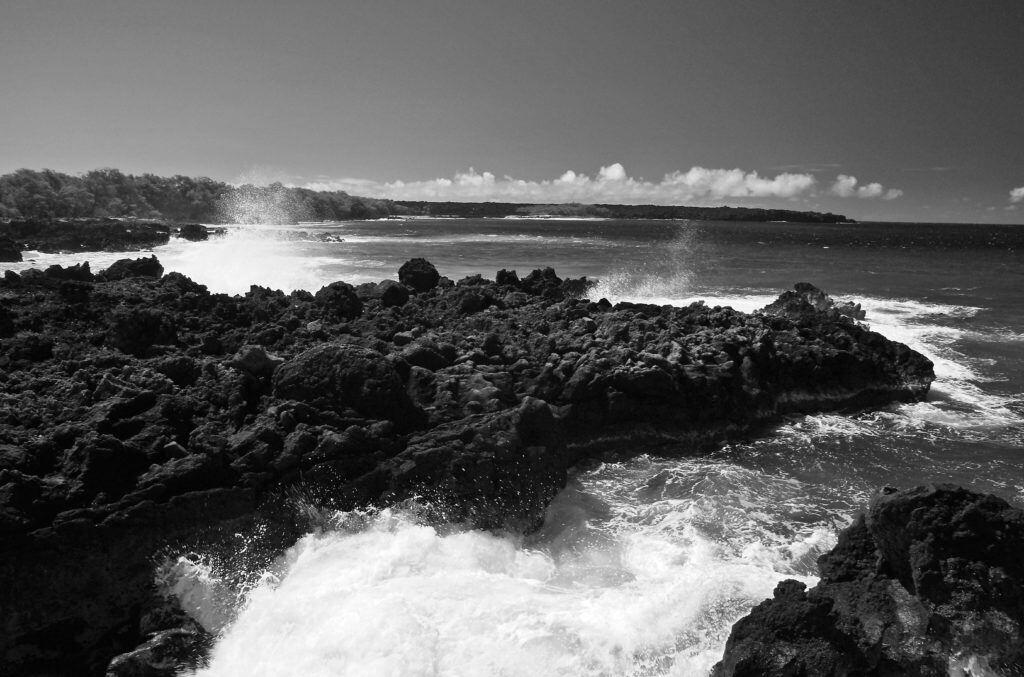
You're an iPhone user. What settings can anyone easily adjust on their iPhone to get professional shots?
I love my iPhone and often it’s the only camera I have with me. I don’t really need to adjust any of the settings, but I use my knowledge of photography and light to utilize the camera's abilities.
The main thing that I see people do wrong is not touching the preview screen to set the light exposure. Lots of people just point and shoot and hope that the camera knows what you want to capture.
The problem starts when there are areas with lots of light or dark areas, your iPhone’s camera won’t know what to expose for and will make an average which may or may not be what you want. The good news is that you can direct the camera by touching the screen and adjusting where the camera should meter from.
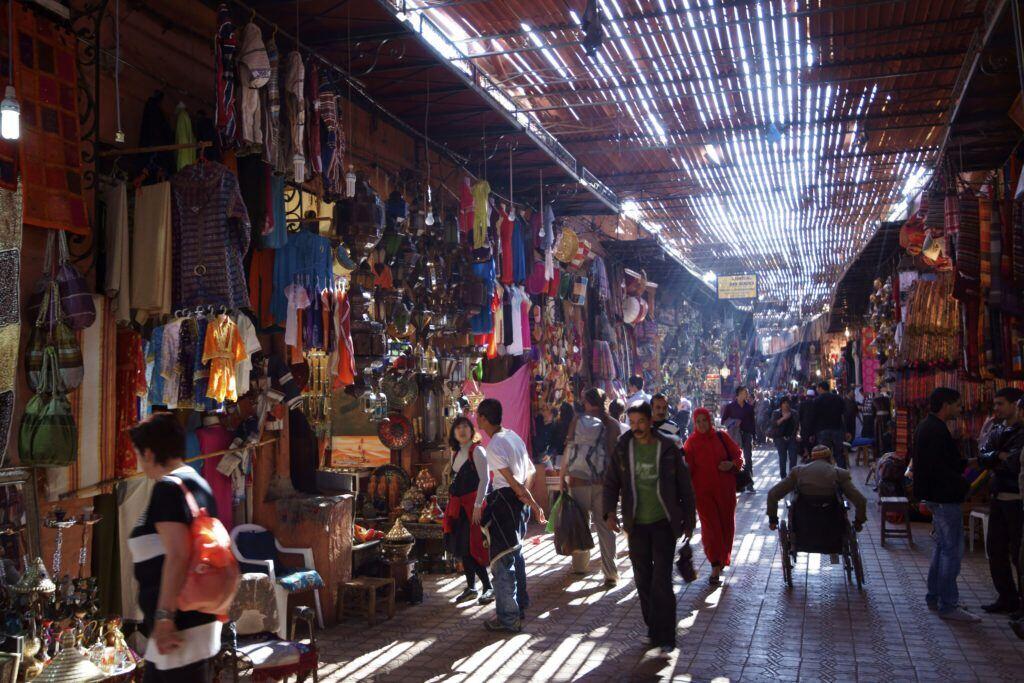
How do you adapt to the rhythm of a different place, city, or town?
First thing I do when I arrive in a new place especially if I have flown in, is work out! Even if I feel tired and exhausted, getting a sweat on helps loosen me up and reset my body.
I also have a tradition of getting my head shaved at a local barbershop wherever I go. Not just is it fun but the barbershop is often a great place to get local gossip and ask the barbers what’s hot at the moment and where to visit.
One other secret is that I try to drink plenty of water as dehydration is, in my opinion, the number one reason I feel lousy after long days of traveling.
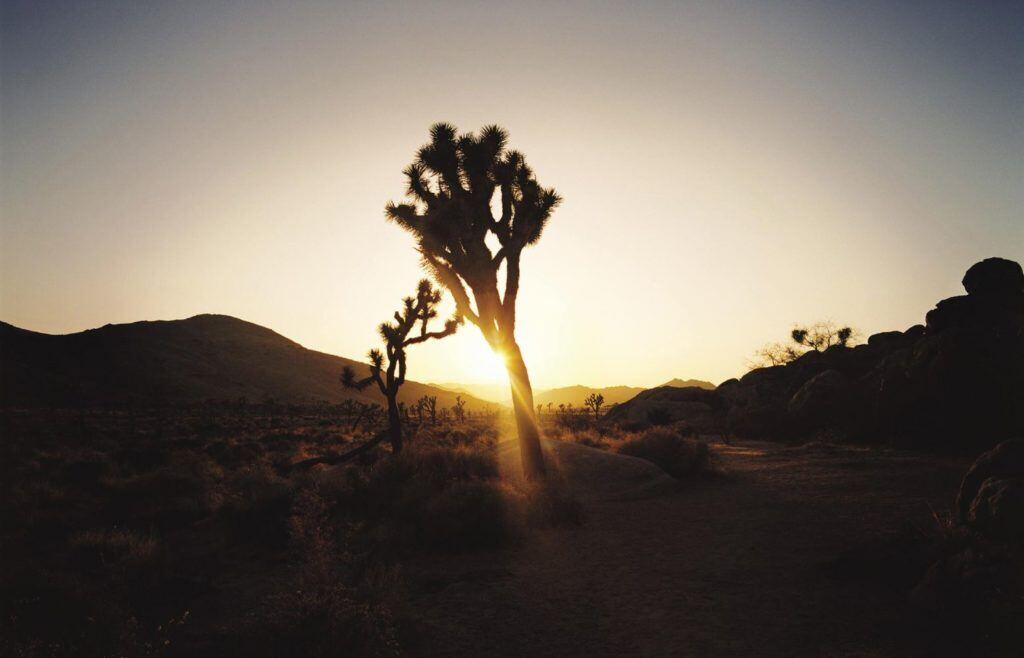
How does patience play into experimenting with shots when you travel?
Patience is key with everything and especially photography, which is why research and planning really help. One of my favorite things to do is to set myself up in a market or souk and just wait to see what unfolds.
By waiting and watching I always manage to capture special moments that I otherwise might have missed because I took a moment to let things happen. Also if you are there as the light goes down you can see two worlds unfold and open up.
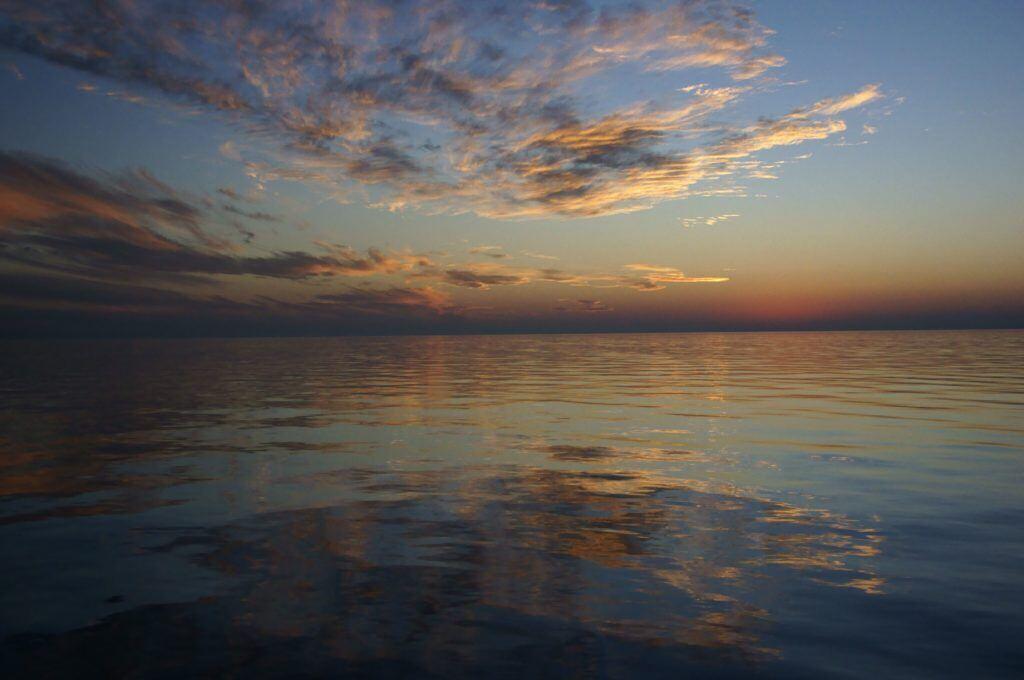
When I travel, I'm always in awe of the landscapes before me. What’s a teachable moment you’d give a traveler like me about capturing the emotion or feel of a landscape?
When you look at a landscape ask yourself how does it make you feel? When you look at the clouds do they look formidable and heavy or are they light and airy? Is the sun direct and bright or is the sky gray and flat?
By being very much in the moment and in touch with how I feel with what I am looking at helps elevate my photography as I shoot with intention and purpose not just as a bystander looking.
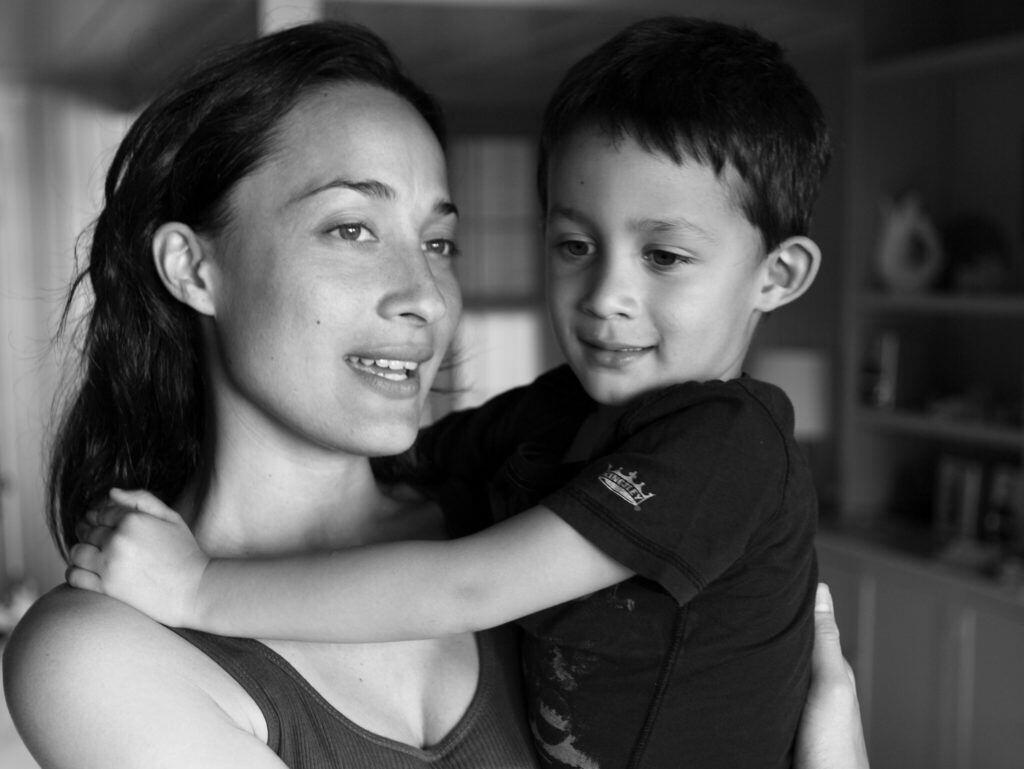
Other than a vacation selfie, how do you capture your family and friends in the moment?
I keep on shooting. Candid photos are the best way to capture group and family images in my opinion.
Even if I am setting up a more formal family portrait on the beach or at some cool spot I will take pictures of everyone getting into position and will often have them all lie down or all jump or arrange them as if characters from a movie poster. Zooming in or using a long lens is also a nice way to capture an intimate moment without disturbing that moment, just remember not to shout over to them to look at you!
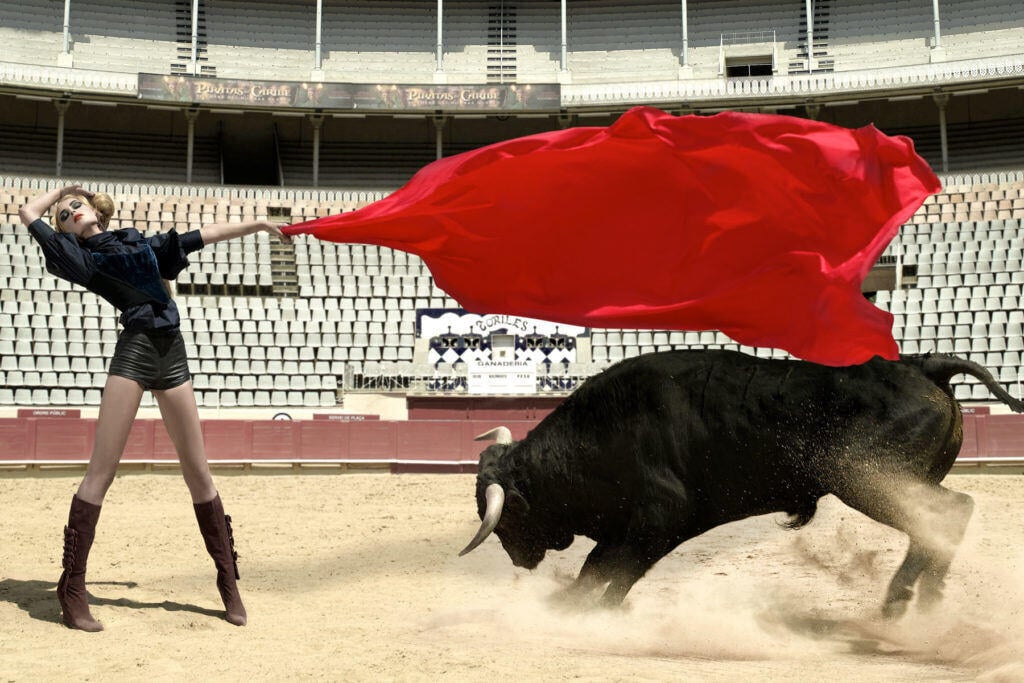
At your Apple Perspectives Talk with Charles Thorpe, you commented that no one tells you when to stop shooting. You stop when you know you've got the shot. Can you tell us about a particular location or shoot that really pushed you to extremes to get the shot?
On one particular shoot for America’s Next Top Model, at the La Monumental Bull ring in Barcelona Spain, I really took it to the extreme! I was photographing a bull charge down my camera lens for a composite photo I was going to create later with the models in the ring with a bull.
The idea was to photograph the models acting like matadors with a bull in full charge next to them. Obviously, that was way too risky and dangerous to do in reality so I decided to get in the ring surrounded by 3 matadors and my bravest photo assistant, Marcus, to photograph a bull charging at me.
I had about 3 seconds each time to get the shot before being shouted at by the matadors to get up and take cover behind a massive wooden protective wall, which the bull would run into making a thundering bang and scaring the life out of you.
However, after a few times, I started to get braver and push the limits of how long I could keep taking photos before getting hit by the charging bull. On the final attempt I heard the matadors shout the order to retreat but instead I stayed an extra 2 seconds before feeling my camera getting ripped out of my hands by Marcus who left me kneeling on the sandy colosseum floor as he ran for cover with what he considered to be the most important thing -- my camera!
Of course, at that point, I now realized I could not outrun the 2000-pound black bull that was almost on top of me. So I quickly pivoted and was only slightly struck by the bull's horns on my lower back, slashing my shirt and drawing blood…
The matadors quickly sprung into action and hurled the raging animal out of the ring only to surround me as I sheepishly and very apologetically stood there. But just when I thought I was going to be read the riot act by the proud matadors whom I had disobeyed I was instead embraced by all three who said I had the heart of a bull!!!
And yes I got the shot!
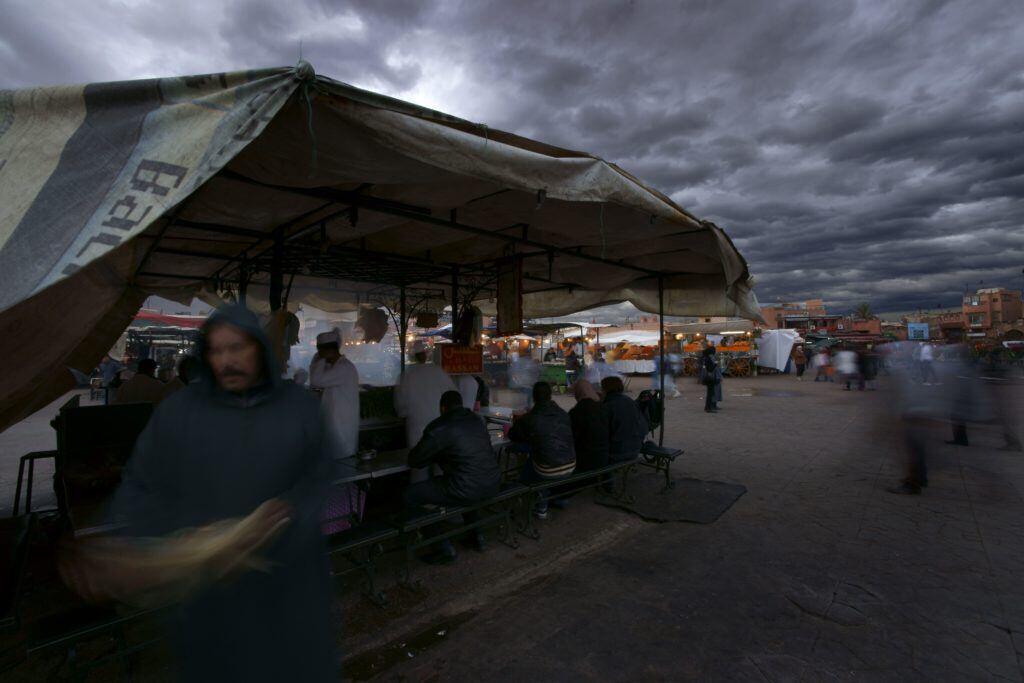
After your adventure, how do you like to preserve the memories of your trip?
I have also been an avid scrapbook maker since I was a small child, sticking memorabilia and keepsakes from my travels in books and for the past 20 years have always made photo books to not just preserve my memories but also help tell the stories of my travels.
I even make photobooks of my trips with clients and friends and family and send them copies as keepsakes of our journeys together. The great thing about a photobook is that it can act like a scrapbook or diary too, by including not just the best “top” shots. But also preserving the details like your plate from the fantastic restaurant that created a stunning looking landscape of vegetables on your plate, to a photo of your train ticket to Paris on the Euro Star etc. etc.
Then when my friends come to stay I also like to put all the photobooks they are in or might interest them in their room to make them feel at home and to jog their memories of all our great times together.
